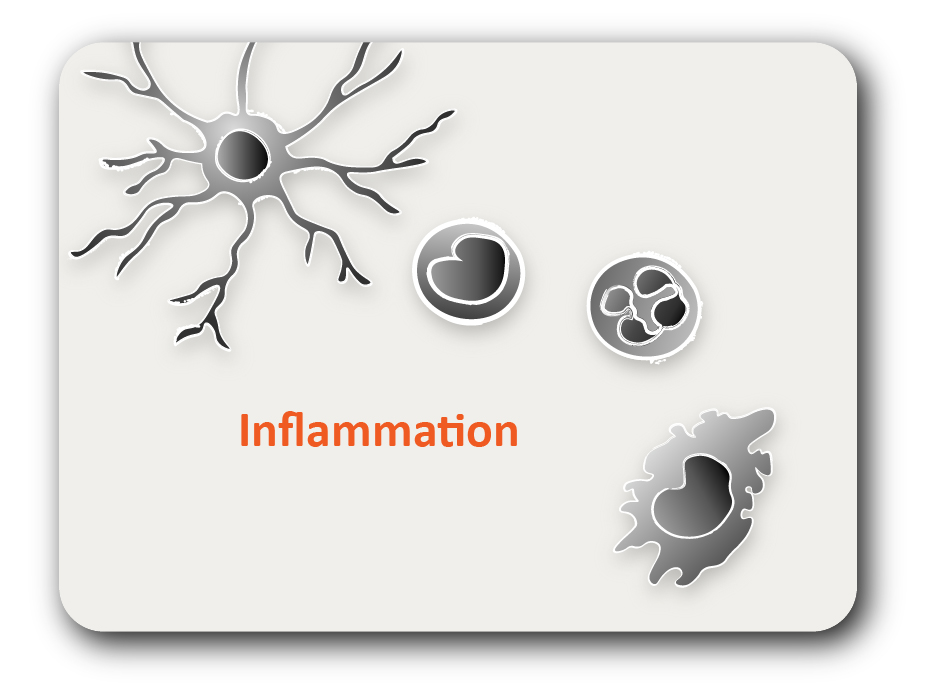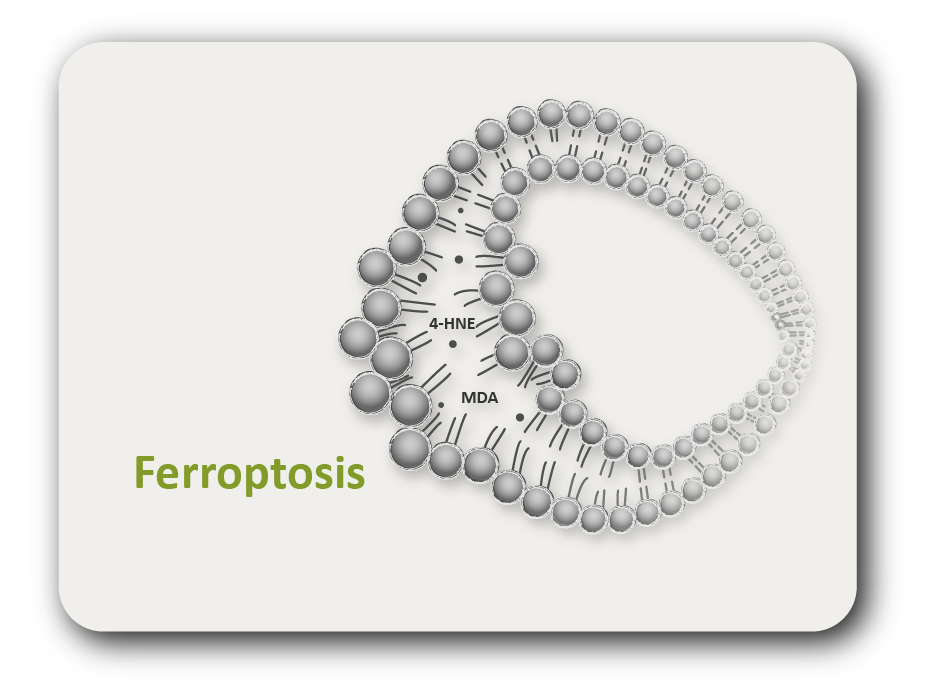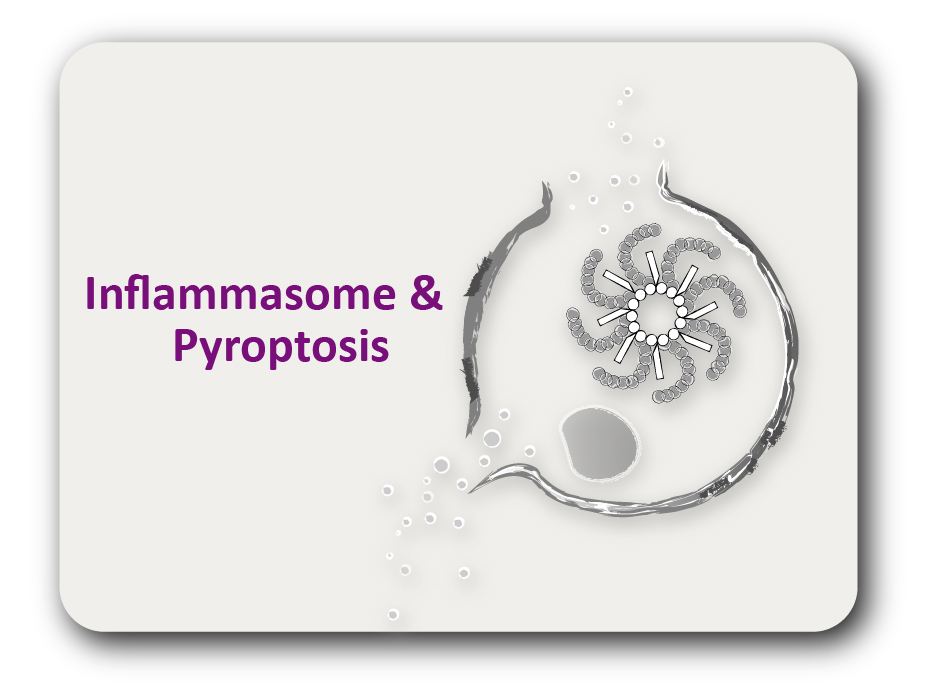ARG70547
Mouse HVEM / TR2 recombinant protein (His-tagged)
Mouse HVEM / TR2 recombinant protein (His-tagged) for SDS-PAGE
Overview
| Product Description | CHO expressed, His-tagged Mouse HVEM / TR2 recombinant protein |
|---|---|
| Tested Application | SDS-PAGE |
| Target Name | HVEM / TR2 |
| A.A. Sequence | Gln39 - Gln206 |
| Expression System | CHO |
| Alternate Names | TNFRSF14 ; TNF Receptor Superfamily Member 14; HVEM; HVEA; TR2; LIGHTR; CD270; ATAR; Tumor Necrosis Factor Receptor Superfamily, Member 14 (Herpesvirus Entry Mediator); Tumor Necrosis Factor Receptor Superfamily Member 14; Herpes Virus Entry Mediator A; Tumor Necrosis Factor Receptor Superfamily, Member 14; Tumor Necrosis Factor Receptor-Like Gene2; Tumor Necrosis Factor Receptor-Like 2; Herpesvirus Entry Mediator A; Herpesvirus Entry Mediator; CD40-Like Protein; CD270 Antigen; HveA |
Properties
| Form | Powder |
|---|---|
| Purification Note | Endotoxin level is less than 0.1 EU/µg of the protein, as determined by the LAL test. |
| Purity | > 80% (by SDS-PAGE) |
| Buffer | PBS (pH 7.4) |
| Reconstitution | It is recommended to reconstitute the lyophilized protein in sterile water to a concentration not less than 200 μg/ml and incubate the stock solution for at least 20 min at room temperature to make sure the protein is dissolved completely. |
| Storage Instruction | For long term, lyophilized protein should be stored at -20°C or -80°C. After reconstitution, aliquot and store at -20°C or -80°C for up to one month. Storage in frost free freezers is not recommended. Avoid repeated freeze/thaw cycles. Suggest spin the vial prior to opening. |
| Note | For laboratory research only, not for drug, diagnostic or other use. |
Bioinformation
| Gene Symbol | TNFRSF14 |
|---|---|
| Gene Full Name | TNF Receptor Superfamily Member 14 |
| Background | This gene encodes a member of the TNF (tumor necrosis factor) receptor superfamily. The encoded protein functions in signal transduction pathways that activate inflammatory and inhibitory T-cell immune response. It binds herpes simplex virus (HSV) viral envelope glycoprotein D (gD), mediating its entry into cells. Alternative splicing results in multiple transcript variants. [provided by RefSeq, Jul 2014] |
| Function | In cis interactions, appears to play an immune regulatory role inhibiting in trans interactions in naive T cells to maintain a resting state. In trans interactions, can predominate during adaptive immune response to provide survival signals to effector T cells. [Uniprot] |





